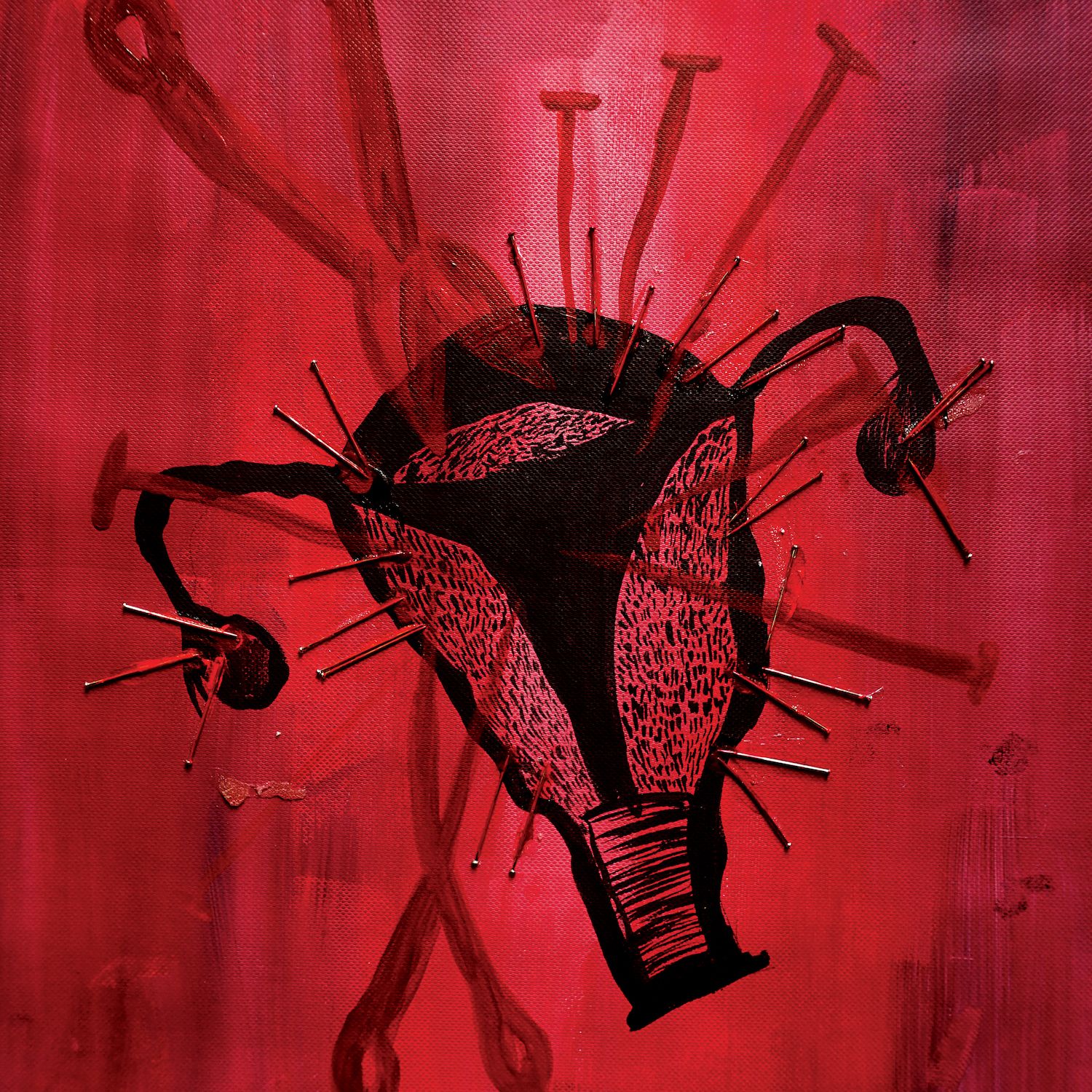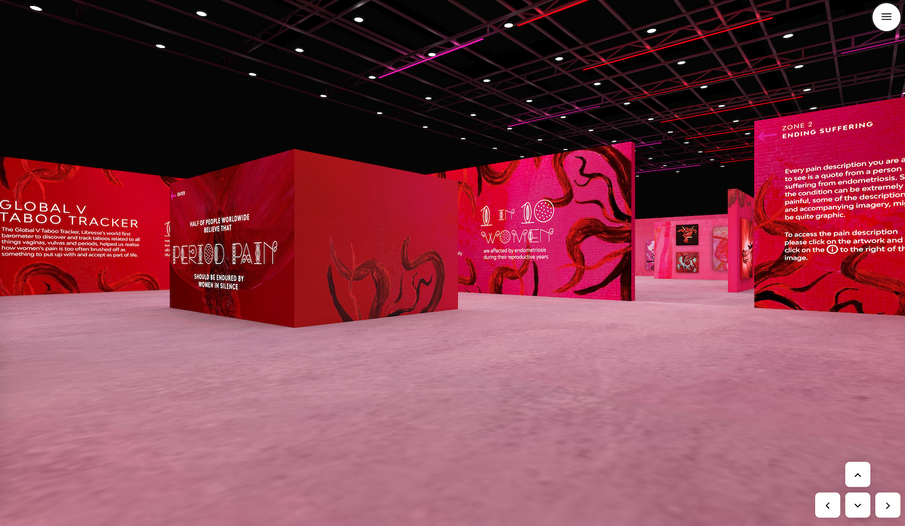Aligning with endometriosis awareness month, Bodyform’s latest campaign asks women to share their pain stories
“Women are born with pain built in, it’s our physical destiny — period pain, sore boobs, childbirth, you know. We carry it with ourselves throughout our lives.” I remember nodding along furiously when this soliloquy came up in TV show Fleabag.
Experiencing regular pain has certainly been my experience of womanhood. Whether it’s painful sex or period pain, a great deal of my energy goes towards finding ways of reducing pain - my latest investment being a tens machine to use when cramps knock me sideways.
After years of assuming pain was simply part of being a woman, I eventually sought help. I got a diagnosis for the pain during sex and was also checked for endometriosis. In my case, I was given the all-clear, but for the 176 million women around the world who have the condition, excruciating pain is part of their daily lives.
Endometriosis causes body tissues outside of the womb to behave like the tissues inside of the womb. These tissues thicken and break down, but as they can’t escape the body they cause painful deposits, usually around the pelvic area.

This month is endometriosis awareness month and Bodyform’s #Painstories campaign has launched to help break down taboos and stigmas surrounding women’s health.
The campaign looks at the gender pain gap, sharing research through their pain report. This pain gap highlights how pain for women has been sidelined and written off throughout history. Statistics from the report found 51% of women and 52% of men agreed that period pain is just something women have to deal with.
Often dismissed as a symptom of over-sensitivity or hysteria, having our pain taken seriously has been historically tough. And indeed it takes an average of seven and a half years for people to be diagnosed with endometriosis thanks to the notion that period pain is ‘normal’. If you’re Black, Asian or mixed-heritage, it can be even harder to get a diagnosis. And of course there is still a great deal of stigma and misunderstanding stopping trans and non binary people from getting the right care for their pain.
Alongside the pain report, Bodyform has launched the world’s first pain museum, which you can explore virtually. The museum gets under the skin of pain, exploring how we can close the pain gap one story at a time, including interviews with endometriosis sufferer Lauren Mahon.
Bodyform has also put together a pain dictionary to help sufferers of endometriosis articulate the complex experience of pain they deal with. Offering more language on the topic aims to empower people to express their pain to doctors, seek support and earlier diagnosis of conditions like endometriosis.
Pain is not normal. It isn’t something we should accept. The more we share about our pain and demand it be taken seriously, the more able we are to get the support we deserve. Share your #painstories and be heard.
Seeking a diagnosis from your doctor should always be your first port of call if you suspect you have endometriosis. If you are diagnosed, they will be able to talk you through options to help you manage your pain. For some, an adjustment of their diet can help. You can read more about nutritional support for endometriosis and find a nutrition professional on Nutritionist Resource.


Comments